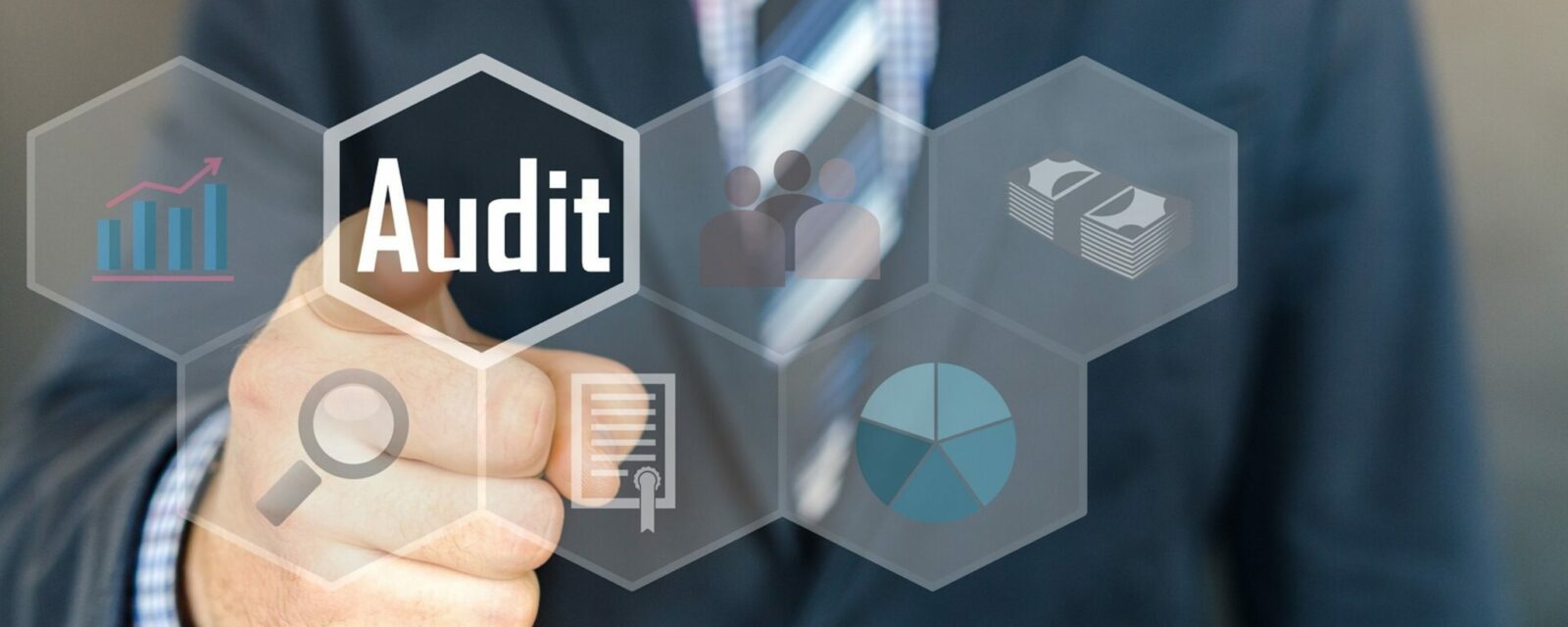Accounting for Leases May Change

Leases can serve as a great mechanism for all sorts of businesses to gain access to resources and financing without the risks of ownership. However, how to properly capture the substance of these transactions and agreements has been an area of concern for the Financial Accounting Standards Board (FASB) and the users of financial statements. Current US Generally Accepted Accounting Principles (GAAP) require the lessee to record lease agreements as either an “operating lease” or a “capital lease.” In an operating lease, the lessee only records an expense for the right to use the asset. In a capital lease, the lessee records an asset and a liability for the present value of the future payments made on the lease. The FASB has received concerns with the effectiveness and transparency of the current model as well as complaints voiced by the U.S. Securities and Exchange Commission in a 2005 report about the use of “off balance sheet activities.”
To address these concerns, in 2010 FASB released proposed Accounting Standards Update (ASU) Topic 840 Leases as part of its convergence project with the International Accounting Standards Board (IASB). The FASB proposal essentially required all lessees to record an asset and liability on their balance sheet for leases longer than 12 months. The proposal received much attention from the accounting community: 760 comment letters were received in a 4 month period from preparers of financial statements, auditors, investors, and members of the academic community. Many were concerned about the costs of implementation and ongoing compliance. In response, the FASB and IASB continued to seek feedback. In 2013, after further thought and deliberation, FASB issued proposed ASU Topic 842 Leases—a revision of the 2010 proposal. We discussed that revision in a previous article.
The proposed guidance in ASU 842 suggests a dual approach to accounting for leases by the lessee. For leases that are essentially installment purchases (Type A leases) the lessee would record an asset and liability for the transaction along with interest expense and amortization expense. This is similar to current US GAAP for capital leases. For Type B leases (where the lessee is simply renting an asset for a period of time that is substantially less than an asset’s useful life) the lessee would also record an asset and a liability for the present value of future minimum lease payments. However, the lessee would record only 1 expense (lease expense), rather than the interest expense and amortization expense that Type A leases would record. FASB’s proposal differs from the IASB’s. Under the IASB’s model all leases would be accounted for as a Type A lease.
Financial statement presentation would also be affected by the proposed guidance. Lessees would be required to report the assets and liabilities of Type A and Type B leases separately, either on the face of the balance sheet or in the notes of the financial statements. Furthermore, lessees would be required to disclose the amount of expense related to short term leases (12 months or less) in the notes of the financial statements.
ASU 842 would also have an impact on the statement of cash flows. Cash payments for the principal portion of Type A leases would be reported as financing activities and the interest portion of these payments would be recorded as operating activities. Cash payments for Type B leases would be recorded as operating activities.
The new guidance proposed in ASU Topic 842 has not been finalized and is not yet effective. The comment period for ASU 842 is now over and the FASB continues to deliberate this topic in conjunction with the IASB.
If you have any questions or would like to discuss these proposed changes further, please contact James Boissonneault at 800.244.7444
Disclaimer of Liability: This publication is intended to provide general information to our clients and friends. It does not constitute accounting, tax, investment, or legal advice; nor is it intended to convey a thorough treatment of the subject matter.
